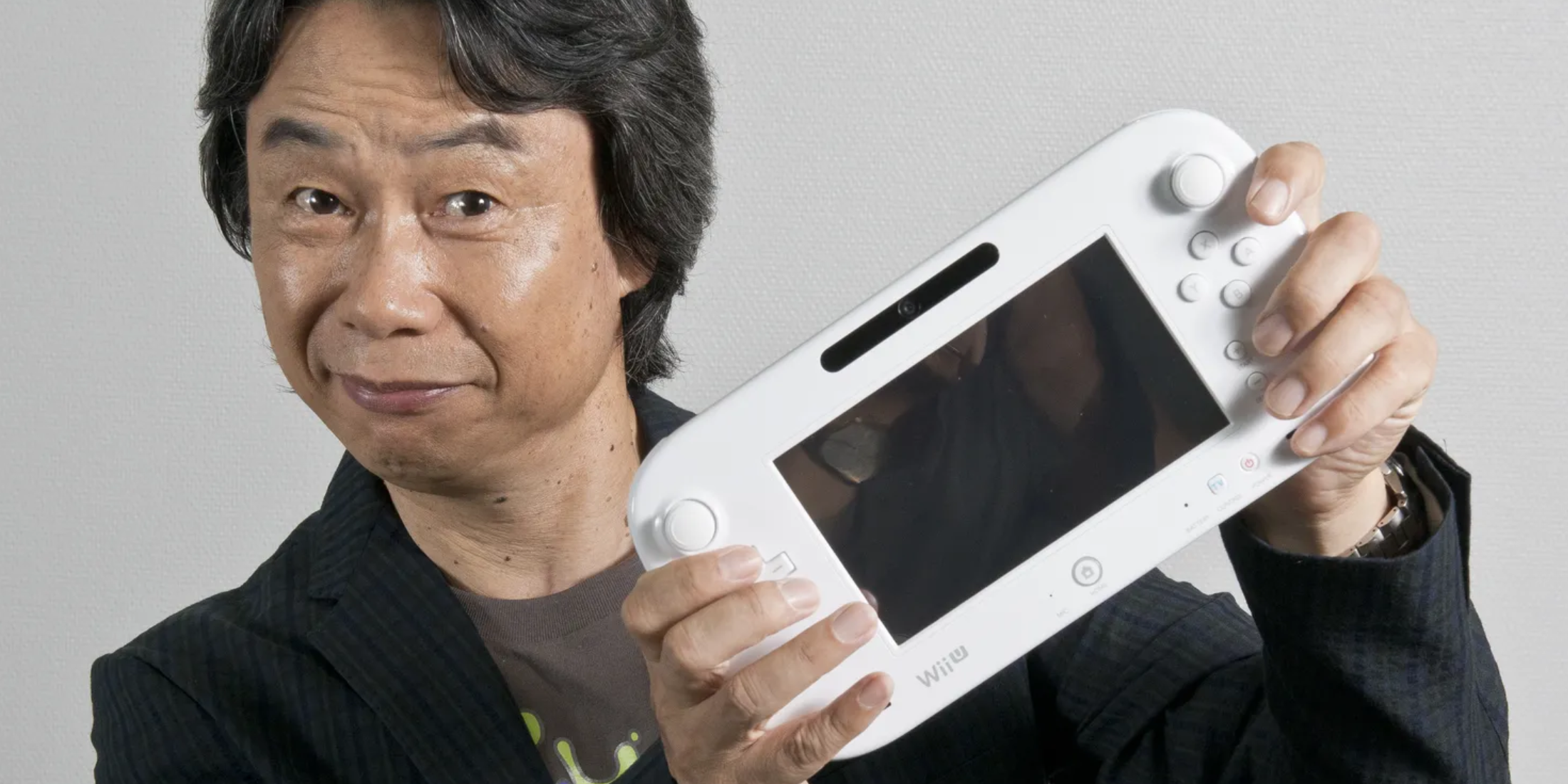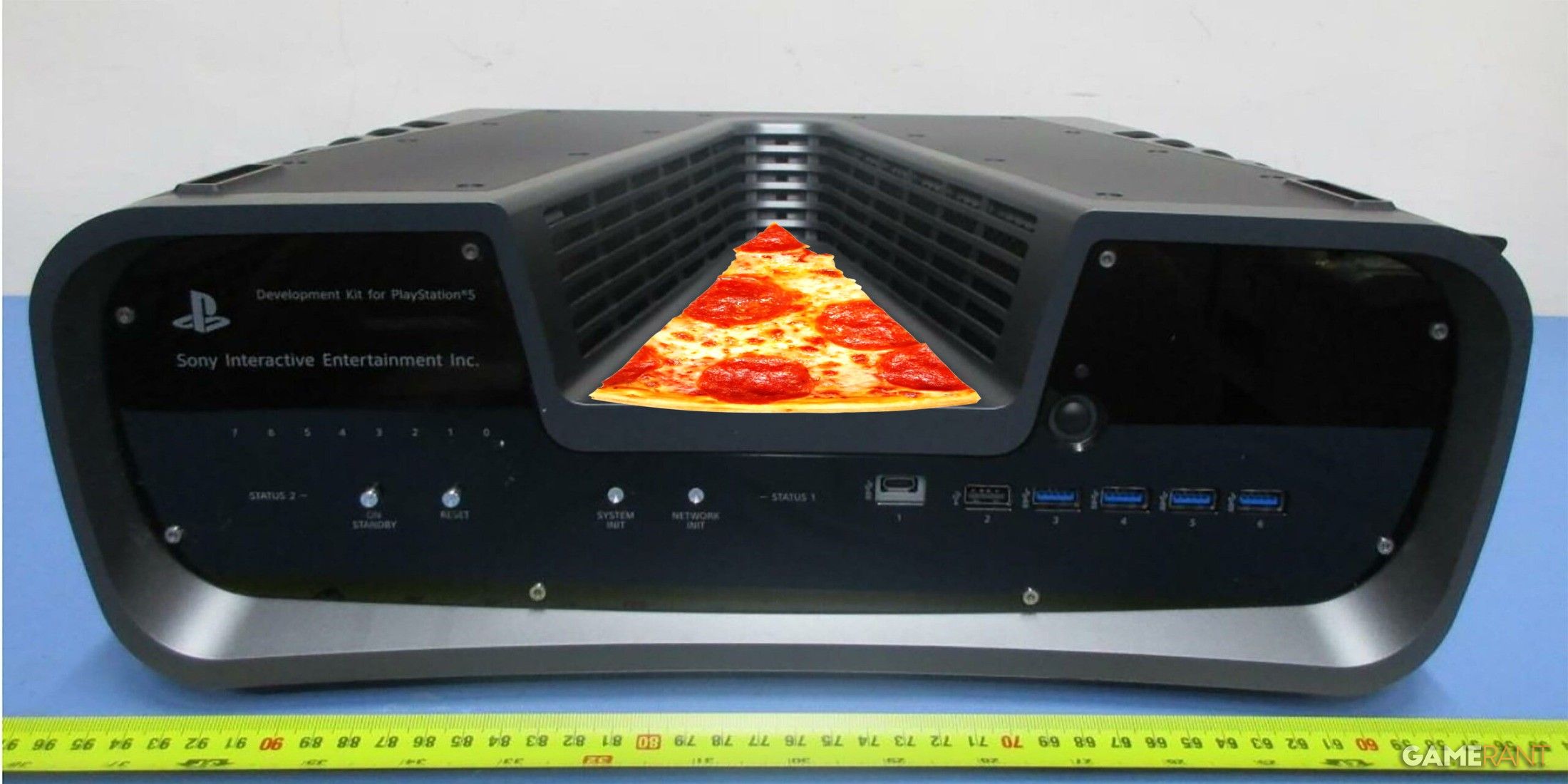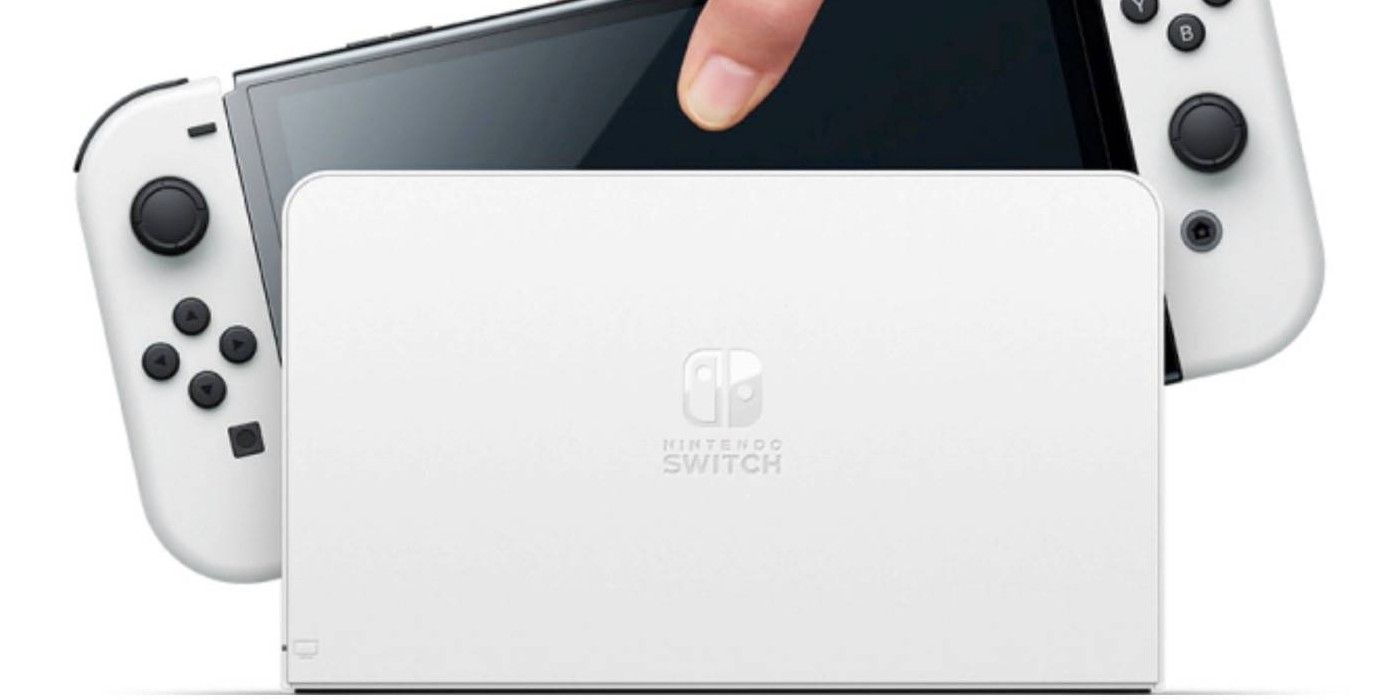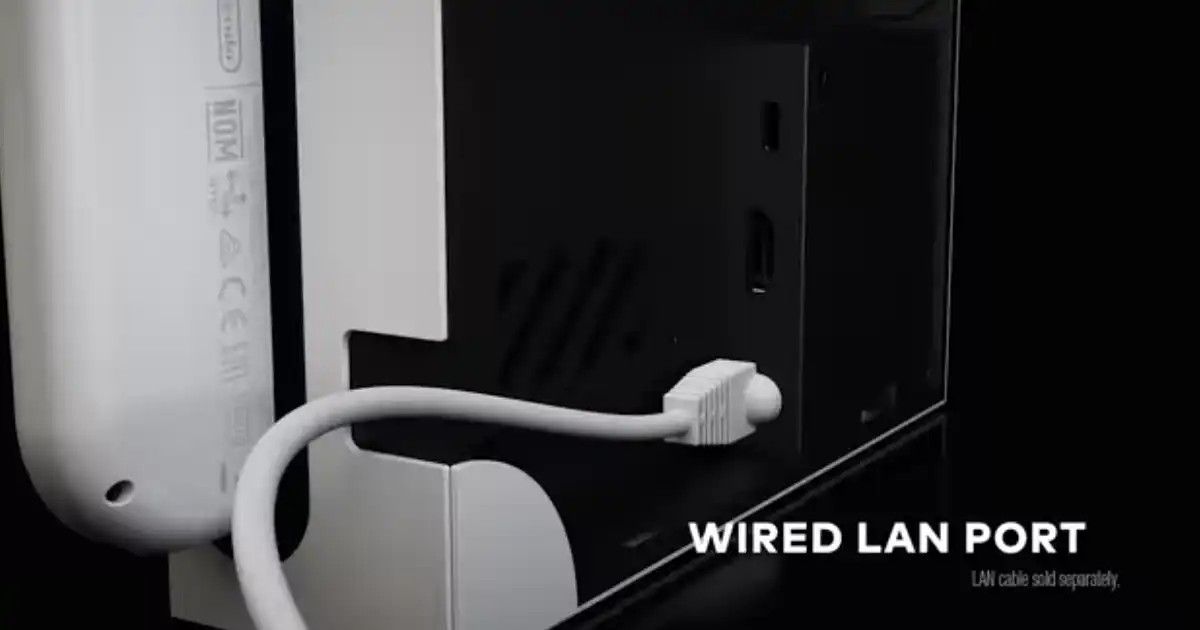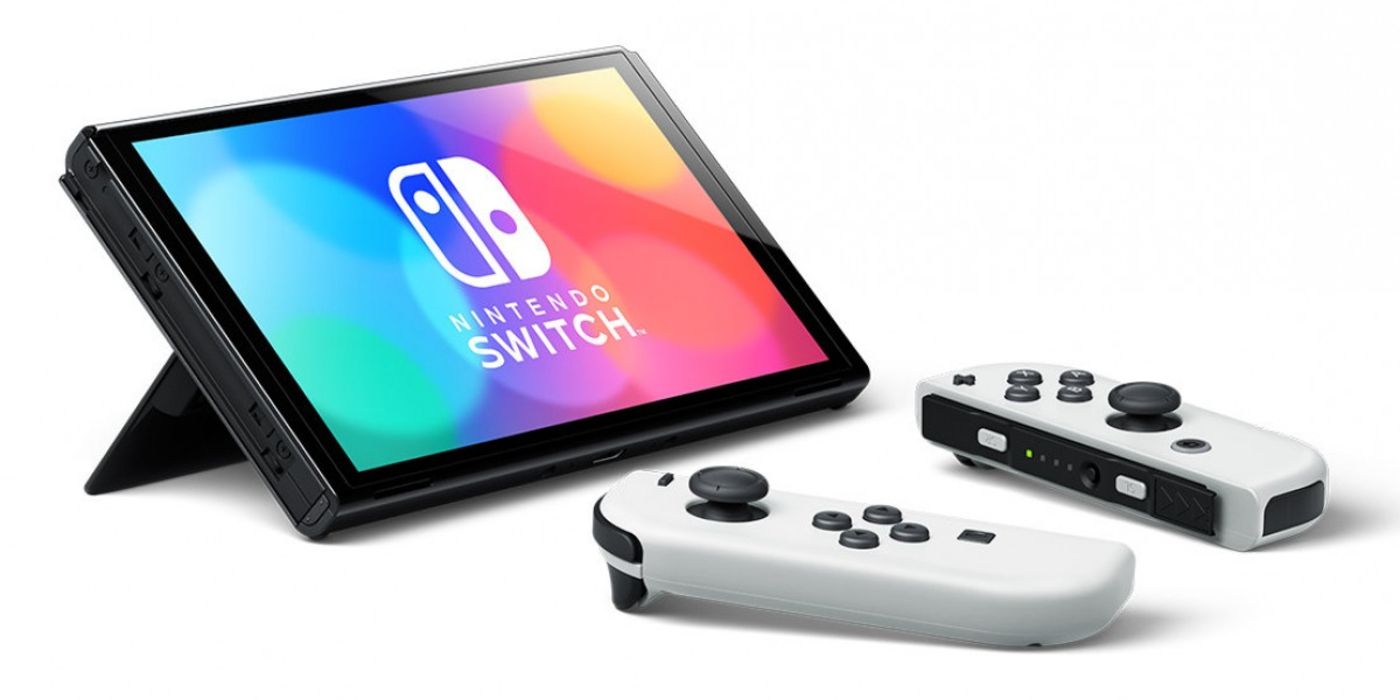Following months of speculation and rumors, Nintendo has announced the next evolution of the Switch. The Nintendo Switch OLED will be releasing this October, with Nintendo finally giving fans concrete information and a tangible product to look forward to. The Nintendo Switch OLED wasn't exactly what fans were expecting, though, as rumors were alluding to a 4K capable Switch system going by the name of Switch Pro. While the Switch OLED doesn't offer a comparable leap in technology, it does address a number of the issues Nintendo Switch fans had found with their own systems.
One of the major features of the Nintendo Switch OLED is its new screen. The OLED screen is a feature Nintendo is intent on pushing, as is evident by its presence in the system name. Despite the improvements the screen will offer over its predecessor, however, the OLED screen is not the system's most important improvement. The Nintendo Switch OLED's improvements over the base Switch model are numerous, and many of its major features received little air time in promotional material. While the absence of the Switch Pro disappointed fans, The OLED model's best enhancement provides plenty of reason to be excited.
What Happened to the Switch Pro
Running up to E3, plenty of speculation pointed towards the announcement of a potential new Nintendo console. While there was no confirmation of such an announcement, persistent rumors had whipped fans up in a frenzy. These rumors were suggesting that the new device would be called the Switch Pro, and would bring with it a considerable performance increase over the base Nintendo Switch console.
Fans were cautiously optimistic about this new console, aware that while such a leap in technology was unlikely, a new Switch that addressed many of the flaws of its predecessor would make a lot of sense. In the build-up to E3, however, rumors around a June 4th announcement proved to be untrue, and Nintendo confirmed that their E3 conference would center entirely around games. Nintendo's E3 conference seemed a perfect place for the announcement of such a system, but Nintendo to that point had been coy on the topic.
Instead, Nintendo fans would have to wait until July for the announcement of the new Switch model, and it wasn’t exactly the Switch Pro. Early rumors suggesting that the performance of the new Switch model would be on par with the Xbox One X and PS4 Pro proved to be inaccurate, while the name of the console was Nintendo Switch OLED. Nevertheless, Nintendo fans were excited by the announcement, but there existed some disappointment as expectations had been built so high. The Switch OLED will not be capable of 4K gaming, and in fact, it will not bring any significant performance boost over the previous Switch Model. Despite this, though, The Switch OLED does provide enough reasons for Nintendo fans to pick up this model over the original Switch.
The Switch OLED's Best Feature
One of the major selling points of the new Switch OLED is its namesake, its new OLED display. Even without performance on par with the PS4 Pro and Xbox One X, the Switch OLED will provide a noticeable increase in graphical fidelity from its new screen alone. Its OLED display will allow for truer colors, meaning games like Breath of the Wild 2 will appear significantly improved on the OLED model, potentially making up for the lack of a performance boost. The new Switch model’s OLED display appears to be the main selling point of the device, and for good reason. However, for fans of Nintendo Online, the true system seller may lie elsewhere.
The most important Switch OLED feature actually isn’t contained within the Switch handheld, but rather within its dock. Previously, an accessory was required to allow players to have a wired connection. LAN adapters were one of the more popular Switch accessories, but despite the fact that the Nintendo Switch has a USB 3.0 port on the back of the dock, it only allows for USB 2.0 speeds. This means that the LAN adapters aren’t as effective as they could be, and the fact that a clunky accessory had to be added to the dock at all didn’t bode well with fans. The Switch OLED may have just put an end to this issue, providing a good alternative to the LAN adapter through the Ethernet port on its new dock.
The new Ethernet port represents the potential for a better wired connection, but moreover, it opens up a potential wired connection to all Switch OLED owners. This is important, as there are no dedicated servers for Nintendo Online games, the connection is peer to peer. What this means is that if other players in-game have a slow connection, it will have a knock-on effect. As such, even those with the fastest possible wired internet will be negatively impacted due to the other laggy players.
While the new Ethernet port is being introduced alongside a new system, older Switch owners are not exempt from its benefits. The Switch OLED dock is also compatible with the base Switch, allowing owners of the previous model to adopt this feature for a cut price. Many fans expressed an interest in the dock upon finding out it would be compatible with the original Nintendo Switch, meaning this feature may soon be widespread, and lag in games like Smash Bros could soon be a thing of the past.
Switch OLED New Features
Aside from the OLED screen and the Ethernet port, the Switch OLED offers a range of improved features. With regards to the new OLED screen, it is quite significantly larger than in the standard Switch model. While the difference in size between the Switch and Switch OLED is imperceptible, the reduced bezel on the OLED model means its screen size is 7 inches, compared with the standard Switch's 6.2-inch display. This difference in screen size should appear fairly significant in-game, without making the Switch OLED feel any bulkier. To pair with this, the Switch OLED's speakers have been improved, allowing for better sound in handheld mode.
The Switch OLED's kickstand also received an upgrade over its flimsy predecessor, with the kickstand now stretching across the whole body of the Switch. This was one of the major complaints about the original model, as the smaller, flimsier kickstand proved incapable of standing up to too much resistance. Switch cases that offered a built-in kickstand soon became a go-to accessory for Switch owners, but the OLED model may have made them redundant. The only remaining feature is the upgraded 64GB memory. This should come in handy during what looks set to be an exciting year for Nintendo fans, as the likes of Metroid Dread and Super Mario Superstars will release later this year.
The Nintendo Switch OLED Model releases October 8 for $349.99

